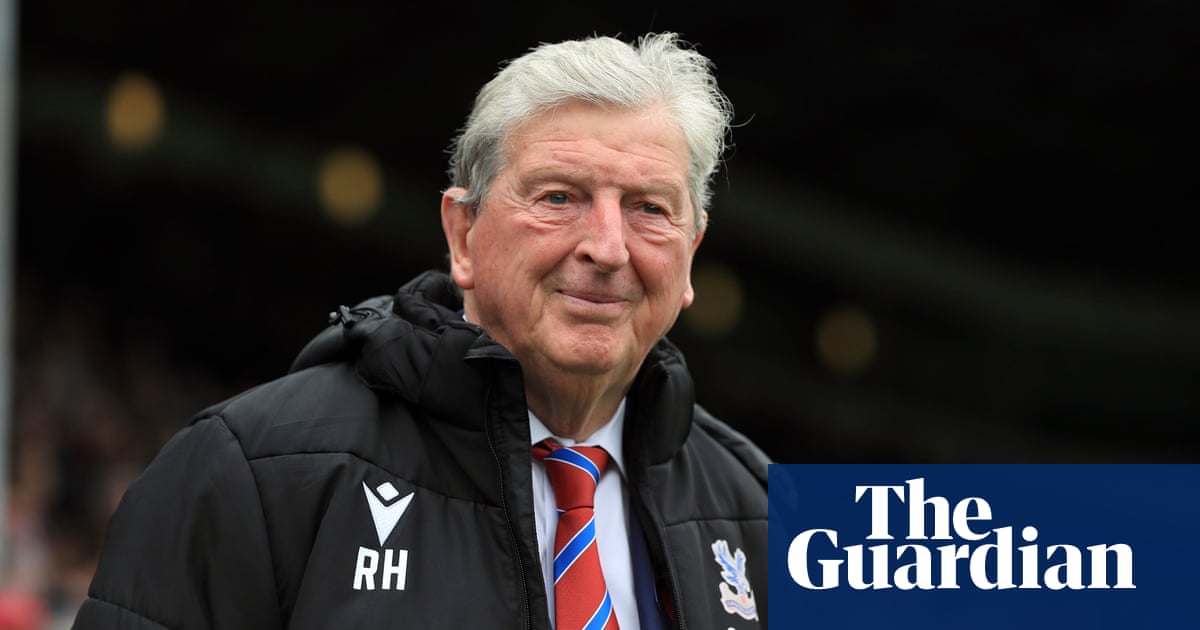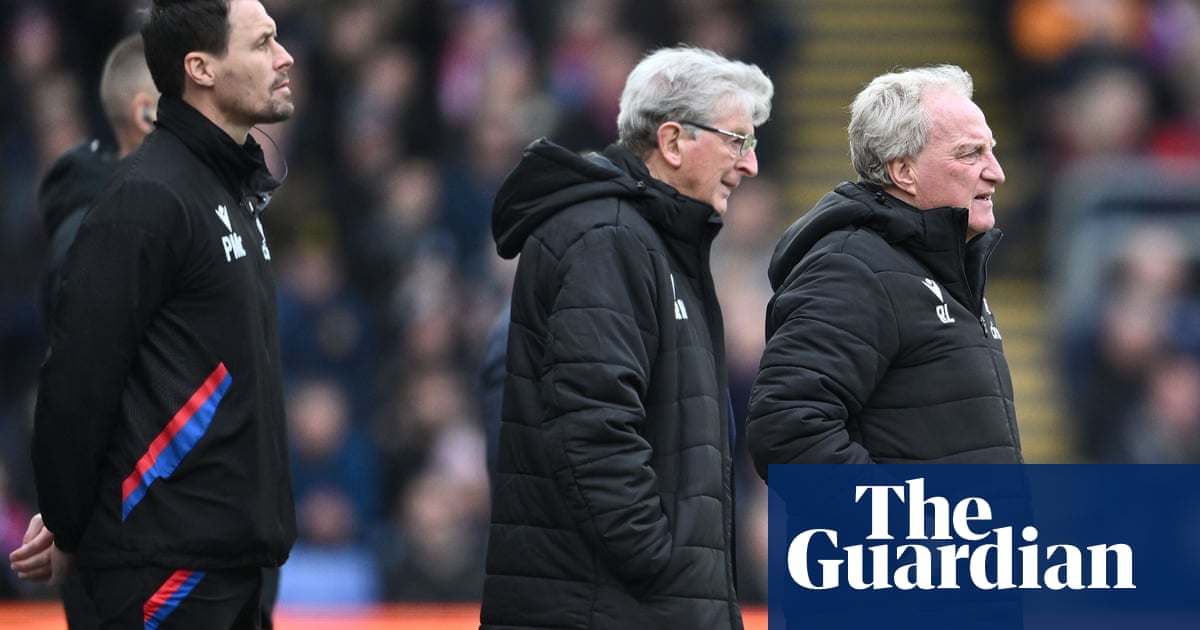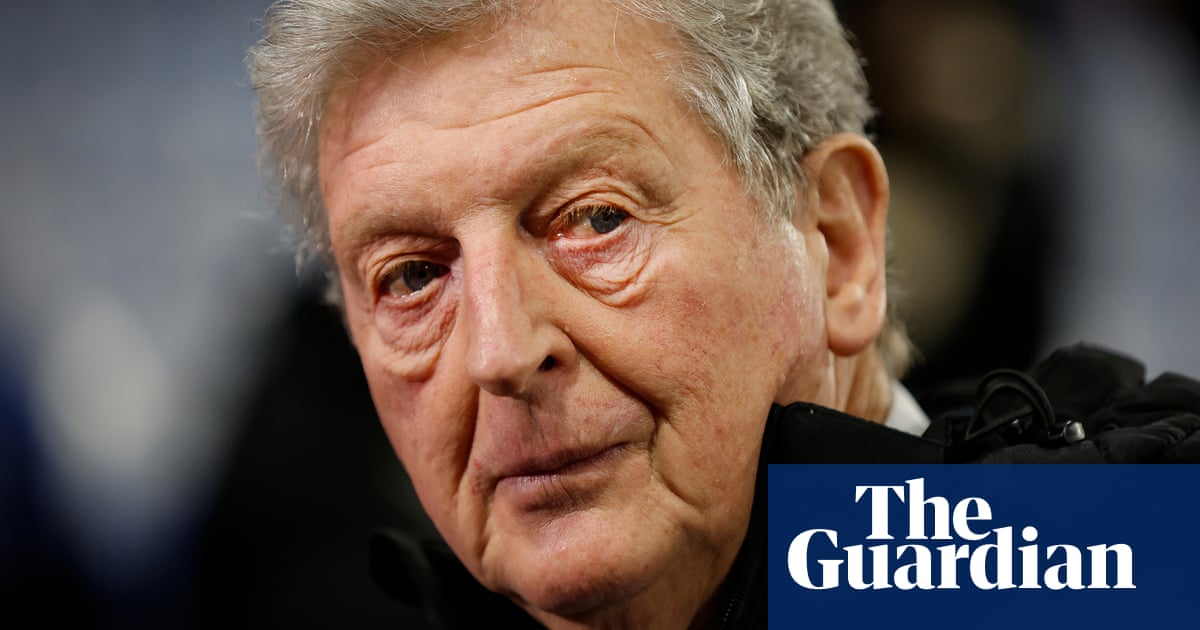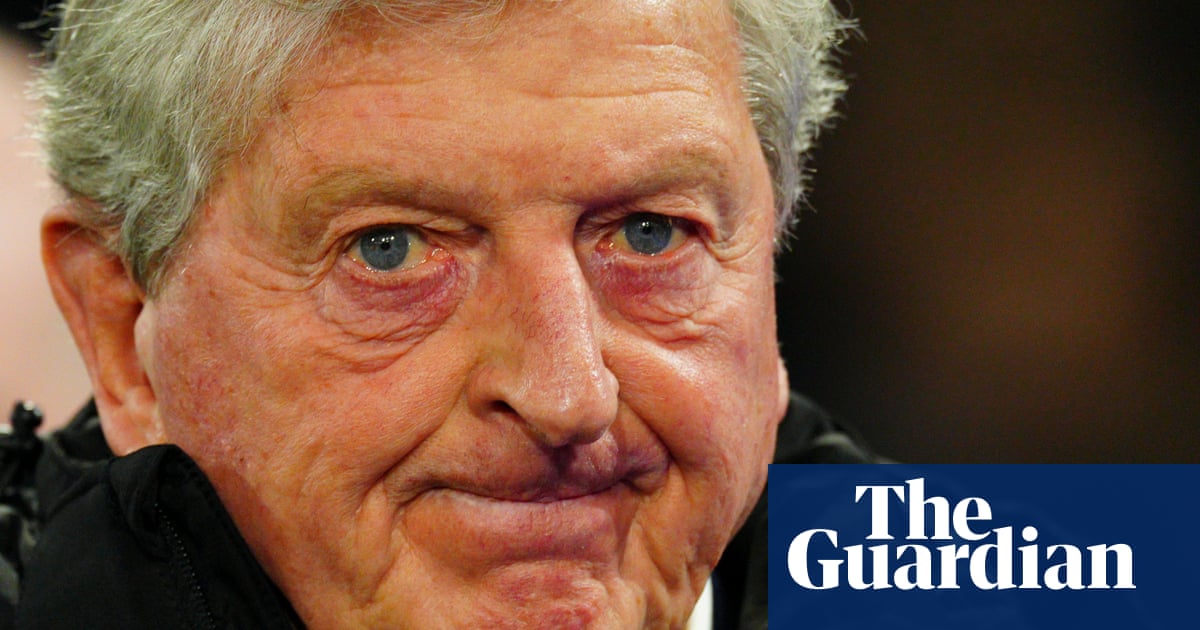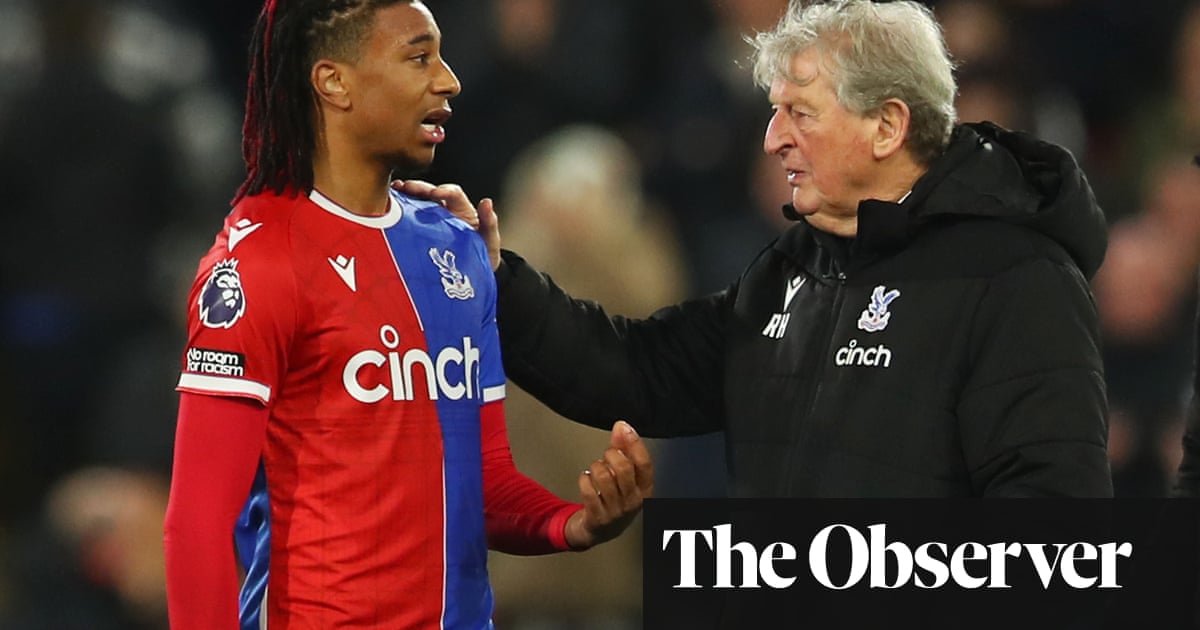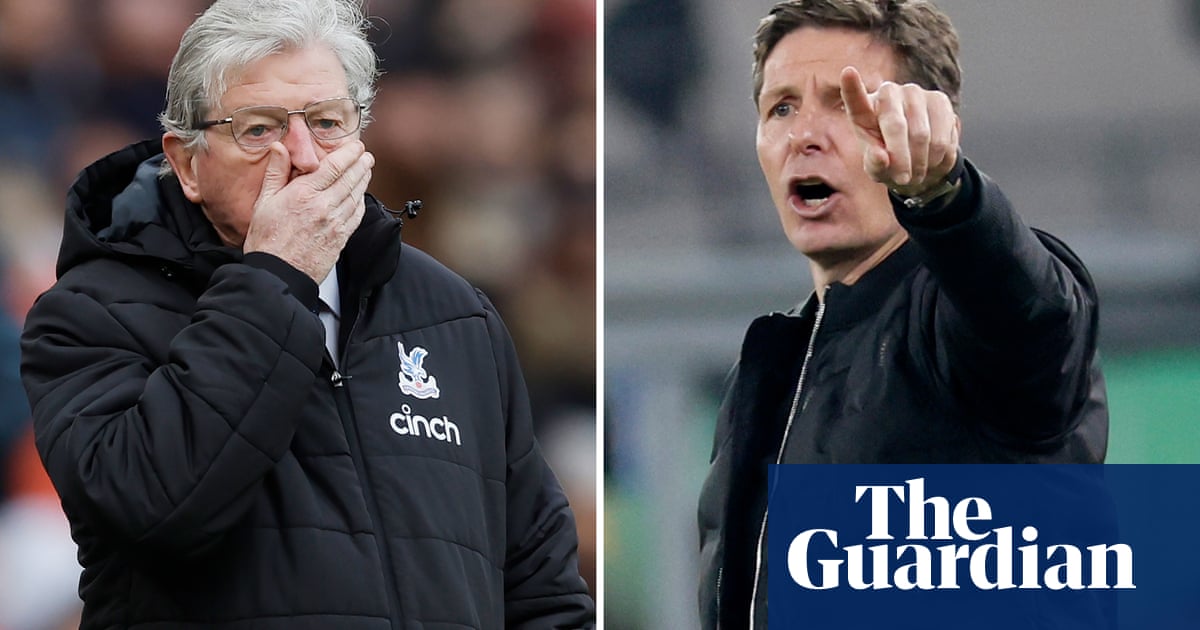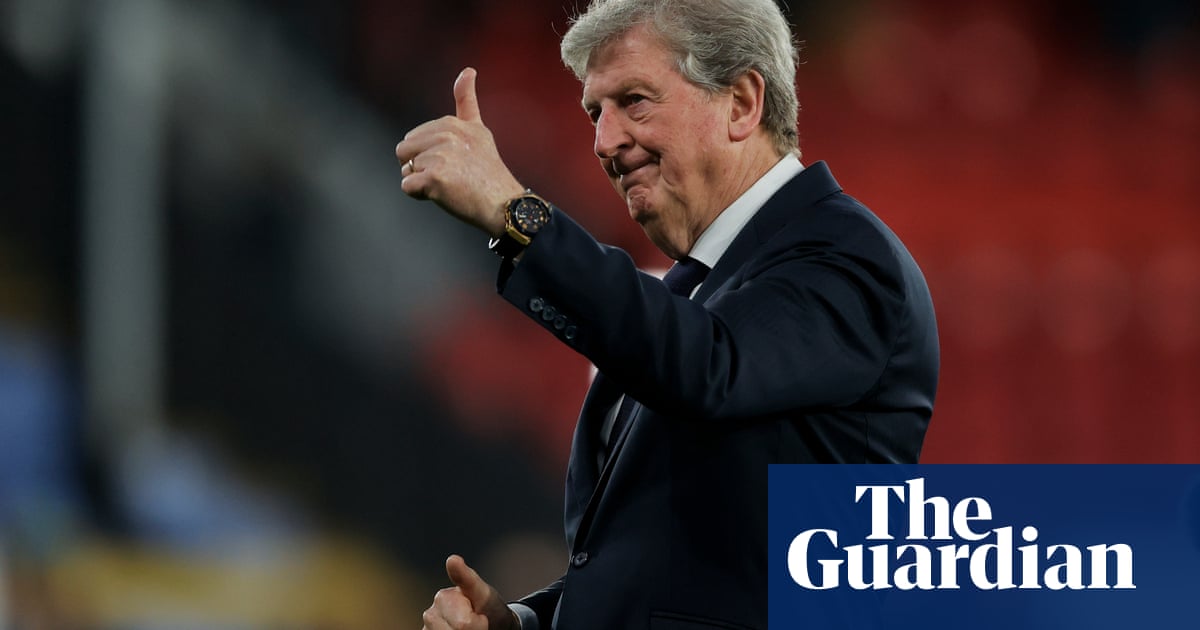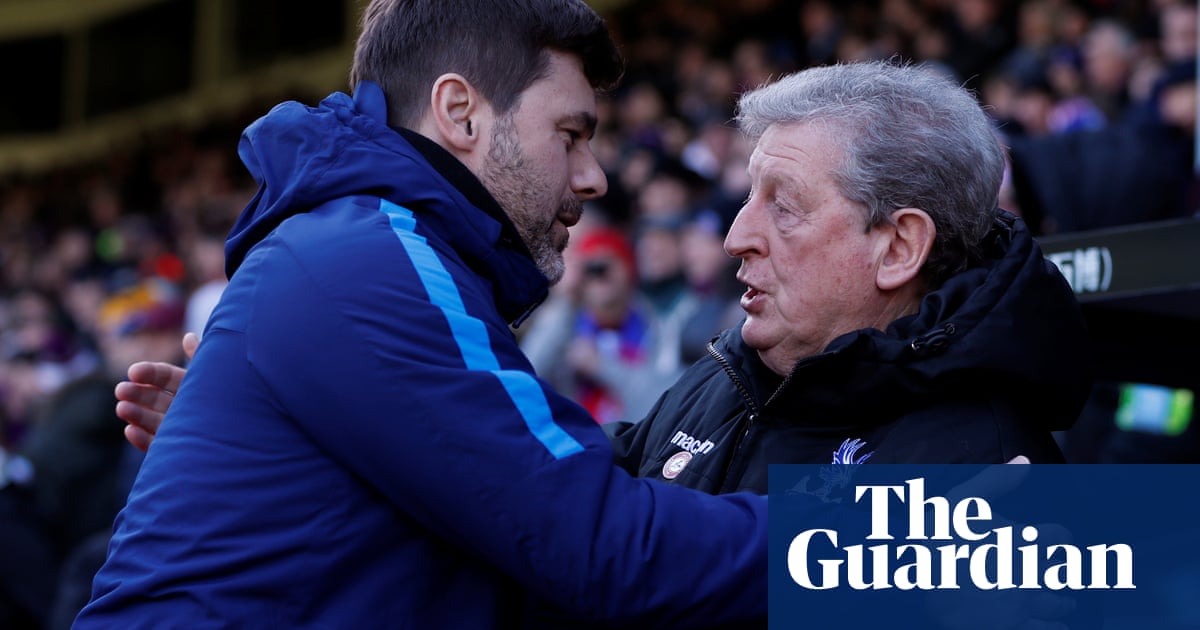
“When he came, we were in trouble and things appeared dark. He didn’t panic. He was calm and he made us calm. Disaster was averted at the most important time. He saved us.”
The way things are going, that is what Steve Parish, the chairman of Crystal Palace, may be saying about Roy Hodgson at the end of the season. In fact they were the words Hodgson heard in the summer of 1997, when he ended a two-year stay at Internazionale. The Italian club’s owner, Massimo Moratti, was summarizing the Englishman’s effect on a perennially dysfunctional club which had gone through seven head coaches in the five years before his arrival and would go through seven more in the five years after he left.
During Hodgson’s stints with 15 clubs and four international teams, he must have detected a pattern. What we see in his work at Selhurst Park this season is uncannily close to the events that unfolded for the first time, but not the last, when he received Moratti’s initial invitation.
He had joined Inter soon after the start of the 1995-96 Serie A campaign and spent the first of his two seasons in Milan lifting a team whose only stars were Paul Ince and a disaffected Roberto Carlos from the very bottom of the table to seventh place in the final standings. The following year he guided them to third place and to the Uefa Cup final, which they lost on penalties to Schalke, before declining a new contract and leaving for a brief and unhappy experience with Blackburn Rovers.
A full 10 years after quitting Inter he was invited by Mohammed Al Fayed to rescue Fulham, who were in the Premier League relegation zone when Lawrie Sanchez was dismissed a week before Christmas. It took a month of three defeats and a draw in the league under Hodgson before their fortunes started to turn with a home win against Aston Villa, but three more defeats in a row emphasized the scale of the task he faced. Nevertheless Fulham finished the season with four wins in their last five matches, holding on to their place in the top flight by the narrowest of margins.
In the following two seasons they finished seventh – the club’s highest ever league placing – and 12th. They also reached the final of the Europa League in 2010, losing in extra time to Atlético Madrid in Hamburg. The 4-1 home win over Juventus in the round of 16, reversing a 3-1 defeat in Turin, stands as the most exhilarating night in Fulham’s 139-year history.
Nine months after leaving Craven Cottage, and following a disastrous half-season at Anfield, Hodgson was invited to take over at West Brom, then clear of the relegation zone only on goal difference. In their remaining dozen games he took them to five wins (including one over Liverpool), five draws and 11th place in the final table, followed by 10th in his second and final season at The Hawthorns.
It is a little amazing, then, that weary skepticism was the general reaction to his appointment last September as Crystal Palace’s 11th manager in 10 years, after the team had started the season with four league defeats in a row under Frank de Boer. Hodgson’s reputation was still carrying the deep bruises from his failures with England in the 2014 World Cup and Euro 2016. But it had been badly bruised before, at Blackburn and Liverpool, and history showed he could respond in the right circumstances.
Selhurst Park, close to his birthplace in Croydon and where he had played as a young man, could hardly have been a better fit, and he was able to bring with him his long-time lieutenant Ray Lewington, who had served as the first-team coach and caretaker manager with Palace in the mid-1990s. More than the familiarity of the environment, however, what suited Hodgson so perfectly was the nature of the challenge.
He began with three defeats, including a 5-0 at the Etihad and a 4-0 at Old Trafford. When those reverses were followed by a 2-1 win over Chelsea, the retired midfielder Danny Murphy, who scored the decisive goal to preserve Fulham’s Premier League place in 2008, remarked on Match of the Day that he could see distinct and very specific signs of Hodgson’s influence on the side. There was a proper structure in place and sense of the understanding of individual roles, which could only have been the legacy of the work the manager and his assistant supervise in training day in and day out, drilling players in precise and unvarying routines.
The points from four more wins and seven draws since that victory over Chelsea have carried Palace, despite a further seven defeats, from 20th to 14th place. They are not yet safe but at least they are in good shape to face two months of demanding fixtures before the run-in.
In Wilfried Zaha – who, whatever his agent may think, has found his natural level on his return to Palace – they have a weapon to offset the bluntness of Christian Benteke, whose physical presence keeps defenders occupied but whose inability to make a more positive contribution means that Hodgson is starting every match with 10 and a half players. The tactical organization, Zaha’s menace and the spirit in defense and midfield made the home draw with Manchester City on New Year’s Eve a highlight of the holiday program, and just about as tense and enthralling a goalless match as you could imagine.
A man of notable courtesy and civility, Hodgson is not always his own best friend. He was unwise to compare his own record to that of Sir Alex Ferguson, and he handed his critics a headline when he left his final England press conference with the words: “I don’t know what I’m doing here.” Coming from a generation of managers who greeted defeat with ashen faces, he has suffered from the unblinking gaze of TV cameras trained on the dugout. Passive distress is no longer permissible. Now anger, from the simmering glower of the mature Mourinho to the full-on rage of Klopp, is required. In his time with England, in particular, Hodgson’s bowed head and anguished face-rubbing sent out unhelpful messages.
His methods might not work at the very highest level, where superstar players need more than drills to hold their interest but it is hard to imagine anyone begrudging this proper football man the chance to approach the close of his career with dignity, bringing hope and happiness to a new set of fans.The Guardian Sport




